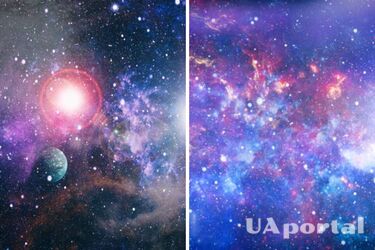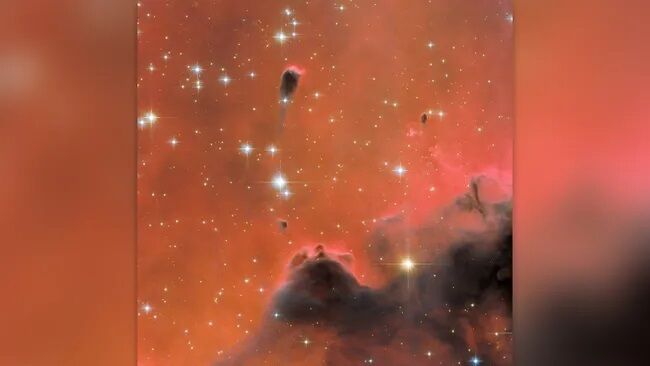Hubble spots "space tadpole in the Red Sea": photo

The Hubble Space Telescope has photographed a gaseous column that "holds a baby star" among the harsh red light of the Soul Nebula (Westerhout 5 or IC 1848). The object resembles a tadpole.
According to Live Science, the photo was taken 7,000 light-years from Earth in the constellation Cassiopeia in the Perseus spiral arm of the Milky Way galaxy.
Read also: Hubble telescope captures a twisted spiral galaxy (photo)
It is noted that the new image shows a dark tadpole-shaped object in the "Red Sea," a nebula, which is a cluster of dust and gas in space.

"Specifically, it is an emission nebula, a bright diffuse cloud of electrically-charged gas that emits its own light. The nebula is red because it emits H-alpha light, which is the result of electrons in hydrogen atoms emitting light when they become less energetic," the publication notes.
This "tadpole" is an evaporating gas ball (EGG). These bubbles of interstellar gas are dense enough to collapse under their own weight, forming young stars that look like eggs that hatch.
However, this "egg" (KAG2008 globule 13 and J025838.6+604259) is different from most as it is a detached free-floating body with a distinct head-tail shape (frEGG).
As a reminder, two giant planets collided and evaporated in a star system. After their death, a "donut" was spotted in space.
Read also about a comet three times bigger than Mount Everest that exploded in space and is approaching the Earth.
If you want to get the latest news about the war and events in Ukraine, subscribe to our Telegram channel!
